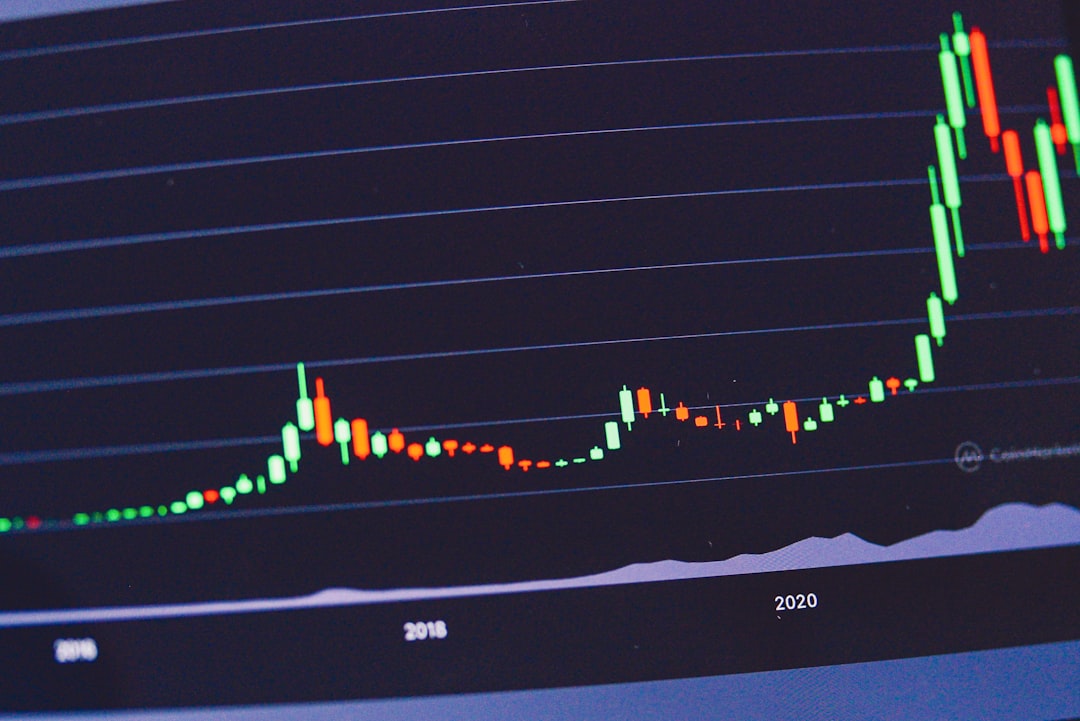Cryptocurrency markets often demonstrate cyclic behavior that seasoned investors refer to as a crypto season. This term may sound informal, but it plays a significant role in the strategic planning of investments. For American investors navigating the increasingly complex landscape of digital assets, understanding the intricacies of crypto seasons is crucial to making informed and less risky financial decisions.
What Is a Crypto Season?
A crypto season is a market phase characterized by notable trends in price movements, usually aligning with broader investor sentiment and capital flows within the digital asset ecosystem. While not officially defined by any regulatory body, the term is often used to describe specific cycles such as:
- Bitcoin Season: A period where Bitcoin significantly outperforms altcoins in terms of price appreciation.
- Altcoin Season: A phase during which alternative cryptocurrencies (altcoins) show stronger performance compared to Bitcoin.
- Bear Season: When the entire crypto market experiences a significant and prolonged downturn.
- Bull Season: A phase of market optimism characterized by rising prices across most cryptocurrencies.
Recognizing these conditions is critical for timing your entries and exits wisely. Each season presents its own risks and opportunities, so being attuned to which phase the market is in can give you a significant edge.

Key Signs of an Upcoming Crypto Season
Several metrics and indicators can help you determine which season is approaching or currently unfolding in the crypto market. Below are some key signs to observe:
1. Dominance Index
The Bitcoin Dominance Index measures Bitcoin’s market capitalization relative to the entire crypto market. A rising index generally signals a Bitcoin season, while a declining one can indicate rising interest in altcoins. Tracking this index via platforms like CoinMarketCap or TradingView can help forecast market dynamics.
2. Trading Volume Shifts
Sudden changes in trading volumes, especially when altcoins begin to outperform Bitcoin, may point to the start of an altcoin season. Rising volumes combined with price gains suggest increasing market confidence in those assets.
3. Social Media and Google Trends
Spikes in social media mentions and Google searches related to specific coins or general terms like “crypto” or “blockchain” can serve as early indicators of a bull season. Keep an eye on online sentiment using tools such as LunarCrush or Google Trends analytics.
4. Regulatory Developments
In the United States, announcements from agencies like the SEC or the Federal Reserve can have profound effects on investor sentiment. A clear legal framework or industry-friendly announcements often correlate with bullish behavior in the crypto market.

Why Timing Matters
One of the core principles in investing is the idea that timing matters. Crypto seasons affect the potential return on investment significantly, especially in such a volatile market. Entering during a bearish trend carries far more risk compared to entering during an early bull run. Experienced investors aim to:
- Accumulate assets during bearish or accumulation phases, when prices are low and investor sentiment is weak.
- Realize profits during bull or altcoin seasons, when market euphoria inflates asset prices.
Being out of step with the market cycle can lead to buying at inflated prices or selling during temporary corrections—outcomes every investor aims to avoid.
How American Investors Can Prepare
Before diving into crypto investments, Americans should take several preparatory steps:
- Regulatory Awareness: Stay informed on the evolving U.S. crypto regulations at both federal and state levels.
- Diversification: Avoid putting all your funds into a single asset type or market. Spread risk across various crypto sectors (DeFi, smart contracts, NFTs).
- Risk Management: Utilize stop-loss strategies and only invest amounts you can afford to lose. Remember, crypto is high-risk despite high-reward potential.
- Long-Term vs. Short-Term Strategy: Clarify your investment goals to decide whether to hold through multiple seasons or trade based on short-term trends.
Conclusion
Crypto seasons are more than just market jargon—they are powerful indicators of investor behavior and market momentum. Recognizing the onset and characteristics of each season can guide American enthusiasts in making smarter investment choices. While no strategy guarantees success in the volatile world of cryptocurrency, arming yourself with knowledge of market cycles, key indicators, and regulatory guidance provides a secure framework for navigating this transformative financial landscape.
